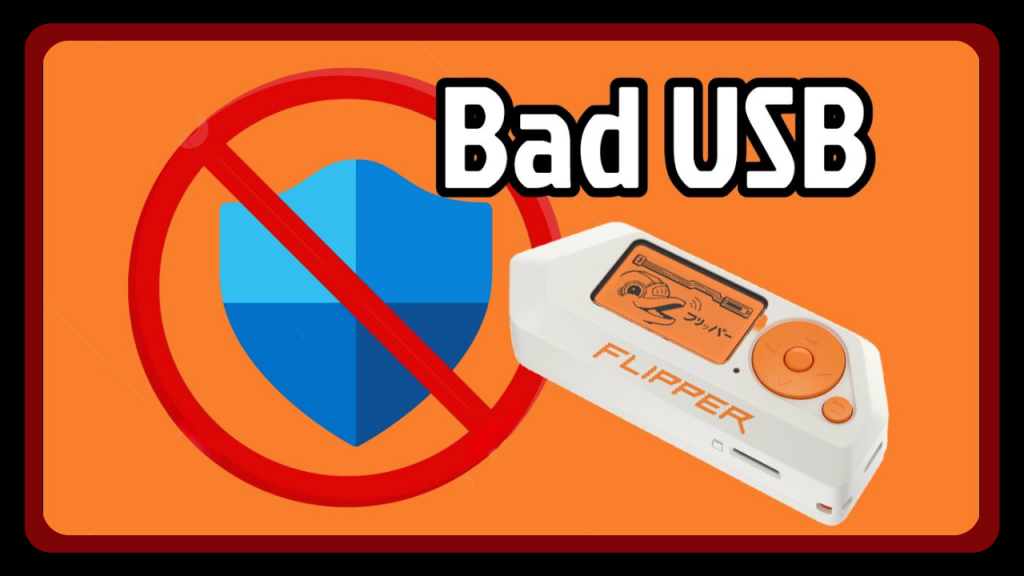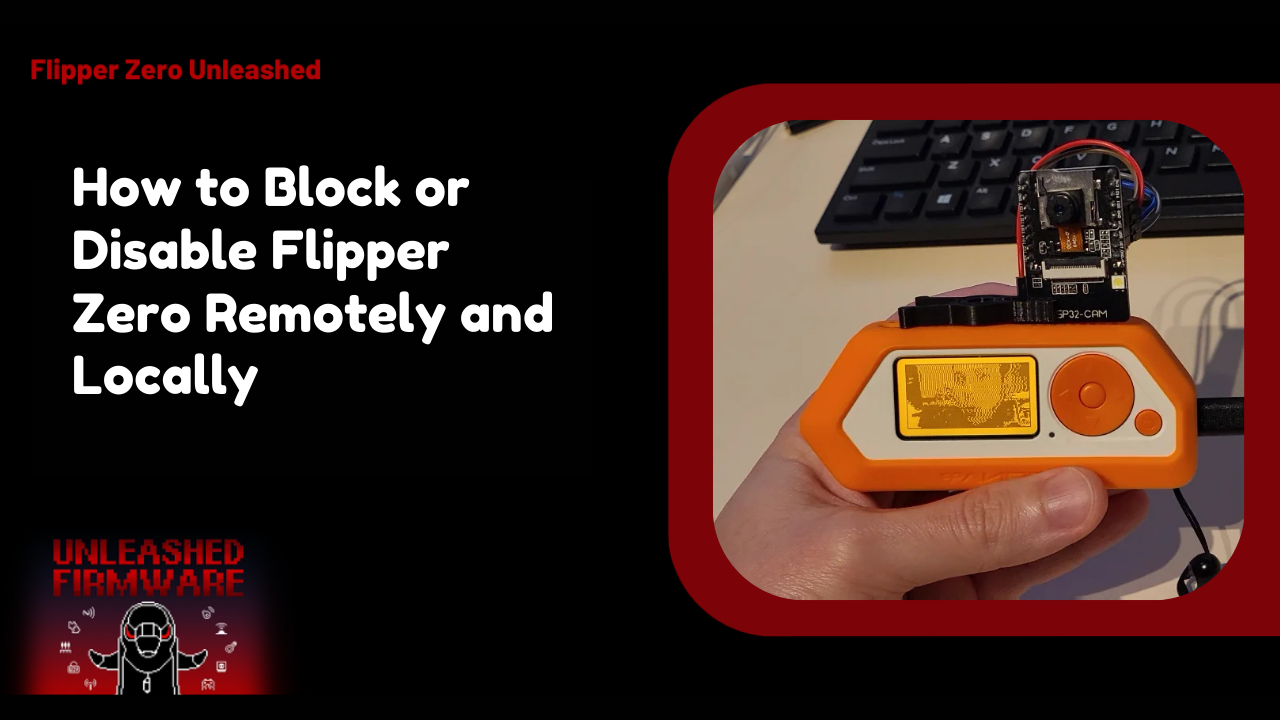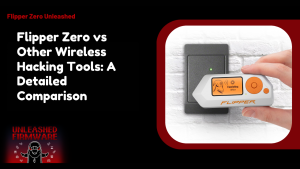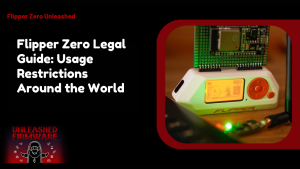Table of Contents
ToggleIntroduction To Disabling Flipper Zero
Sometimes, you just need a little control over your Flipper Zero, whether it’s for safety, security, or peace of mind. Sometimes, If you Disable Flipper Zero or Turn off your device can prevent misuse, stop unauthorized access, or simply give you a break from constant connectivity.
It’s like putting a mini pause button on your gadget without stressing it out. Learning how to turn off Flipper Zero or block it locally and remotely ensures your device stays safe in the right hands.
Why You Might Need to Block Your Device
There are plenty of reasons to block or disable your Flipper Zero. Perhaps you’re lending it to someone and want to limit its capabilities. Or maybe you want to avoid accidental commands during updates or firmware testing.
Benefits of Local and Remote Blocking
Blocking locally allows you to quickly manage your device’s access rights from its settings. You can turn off features, lock apps, or control connectivity without needing extra tools. It’s fast, efficient, and keeps things simple. Remote blocking adds an extra layer of safety.
Overview of Security Measures
Keeping your Flipper Zero safe isn’t just about blocking it, it’s about overall security. Regular firmware updates, proper handling, and careful monitoring are all essential components of a robust protection plan.
What Flipper Zero Blocking Means
Blocking your Flipper Zero is essentially putting it in a controlled pause mode, which limits or prevents certain functions. It’s a security measure that ensures your device doesn’t get misused or accessed by someone else. Whether it’s temporarily turning off connectivity or restricting features, blocking gives you peace of mind that your Flipper Zero is safe and under control.
Difference Between Local and Remote Blocking
Local blocking happens directly on your Flipper Zero. You adjust settings, lock features with PINs, or disable certain functions right from the device. It’s fast and doesn’t require internet access, making it handy when you have your device in hand.
Remote blocking, on the other hand, lets you manage your device from afar using companion apps or network tools. This is perfect if your Flipper Zero is lost or stolen or you want to secure it without physically touching it.
How Blocking Affects Device Functionality
When your Flipper Zero is blocked, certain features may not function as expected. Certain apps may be restricted, connectivity options may be turned off, or specific functions may be locked until you allow access again.
This keeps your data secure and prevents accidental misuse. It’s important to remember that blocking doesn’t delete information. You can still safely turn off Flipper Zero without losing stored data.
Everyday Use Cases for Blocking
People often block their Flipper Zero for security reasons, like preventing unauthorized access or stopping accidental changes. It’s also useful when lending your device to someone else or storing it for a period. Another scenario is during travel or in environments where connectivity may be unreliable or risky.
Blocking ensures your Flipper Zero stays safe and avoids unintentional interference.
Methods to Block Flipper Zero Locally
Blocking your Flipper Zero locally gives you direct control over the device, keeping it secure without relying on internet access. It’s quick and effective and ensures you can manage your device anytime, anywhere.
By using local methods, you can easily restrict features and protect your Flipper Zero from unwanted use. Knowing how to turn off Flipper Zero properly during these steps helps maintain smooth operation.
Using Device Settings to Disable Features
The first step in local blocking is diving into your device settings. Flipper Zero allows you to turn off specific features, such as apps or input methods, to prevent them from being used. This is a straightforward way to control what your device can and cannot do without affecting other functions.
Locking Access with PIN or Password
Adding a PIN or password is a classic local security step. By locking your Flipper Zero, you ensure only authorized users can interact with it. This is especially useful if you carry your device around or lend it to friends, preventing accidental or unauthorized use.
A PIN lock doesn’t interfere with regular operation when used by you, but it adds a strong layer of protection. And whenever you need to turn off Flipper Zero for maintenance or updates, having the device locked first keeps your settings intact and secure.
Turning Off Connectivity Options
Another effective local method is to turn off connectivity features such as Bluetooth, Wi-Fi, or NFC. Turning off these options prevents remote access or data transmission while the device is blocked. This step gives you complete control over who can interact with your Flipper Zero.
Even with connectivity off, your device remains fully functional for offline tasks.

Methods to Block or Disable Flipper Zero Remotely
- Remote blocking allows you to secure your Flipper Zero even when it’s not physically with you.
- It is helpful if your device is lost, misplaced, or you need control from a distance.
- Remote methods provide peace of mind and instant security.
- These approaches complement local blocking to keep your device safe in all situations
Remote Management via Companion Apps
Many Flipper Zero users utilize companion apps to remotely manage their devices. These apps enable you to lock features, turn off functions, or even monitor activity directly from your phone or computer. It’s like having a virtual control panel at your fingertips.
Using Network Restrictions
- Control the Flipper Zero remotely by managing its network access.
- Limiting Wi-Fi, Bluetooth, or other connectivity options prevents unauthorized interactions and data transfers.
- Network restrictions are a simple yet powerful way to maintain the security of remote devices.
- Offline functionality remains unaffected, so your Flipper Zero can still perform allowe
Emergency Lock or Shutdown Features
In urgent situations, Flipper Zero offers emergency lock or shutdown options. These allow you to quickly block all device functions or completely power it down remotely. It’s ideal if the device is lost or compromised giving you instant protection. Activating these emergency measures ensures your data remains safe while preventing misuse. Knowing how to turn off the Flipper Zero as part of this process helps keep the device stable and ready for regular use once you regain access.
Tips for Ensuring Device Security
Keeping your Flipper Zero secure goes beyond just blocking it occasionally. By following a few simple tips, you can make sure your device stays safe, functional, and ready to use whenever you need it. These practices are effective whether you’re using local or remote blocking methods, helping to prevent unauthorized access and accidental misuse.
Keeping Firmware Updated
One of the easiest ways to protect your Flipper Zero is to keep its firmware up to date. Updates often include security patches, bug fixes, and improved functionality that help prevent exploits or malfunctions. Regular updates ensure your device is ready to handle any new security challenges.
When updating, it’s best to safely turn off the Flipper Zero before starting the process and then restart it afterward. This guarantees the firmware installs correctly and reduces the risk of errors or data loss.
Avoiding Unauthorized Access
Limiting access to your Flipper Zero is crucial for security. Always use PINs, passwords, or other authentication methods, and avoid lending your device to unknown users. Blocking features locally or remotely also helps control access and prevents misuse. Pairing these access restrictions with proper shutdown habits, such as knowing how to safely turn off Flipper Zero, keeps your device protected and ensures your security measures are fully effective.
Regular Monitoring Practices
Regularly checking your Flipper Zero for unusual activity or changes is an important habit. Monitoring connectivity, app usage, and device logs helps you identify potential security issues before they escalate into serious problems.
Combined with safe shutdowns and feature blocking, this proactive approach keeps your Flipper Zero in top condition. Knowing how to turn off Flipper Zero correctly during monitoring prevents accidental errors and keeps your device stable.
Conclusion
Keeping your Flipper Zero safe and entirely under control is easier than it seems. Whether you’re blocking it locally or remotely, following the proper steps ensures your device stays secure, functional, and ready for action at any time.
Pairing these methods with regular monitoring and firmware updates gives you complete peace of mind. Remember, knowing how to turn off Flipper Zero properly is just as crucial as blocking it. A safe shutdown protects your settings, preserves your data, and ensures your device continues to run smoothly.
FAQs
What does it mean to block Flipper Zero locally or remotely?
Blocking locally restricts functions directly on the device, whereas remote blocking manages it remotely via apps or network tools.
Can blocking Flipper Zero prevent all types of misuse?
It significantly reduces misuse, but pairing it with firmware updates and monitoring provides stronger protection.
How do I unblock my Flipper Zero if needed?
Simply reverse the blocking steps in settings or companion apps. PINs or passwords may be required for security.
Are there any risks associated with turning off certain features?
Minimal risk exists; features are paused, not deleted. Always ensure you flip the zero turn off safely before making changes.
Can I block Flipper Zero without updating firmware?
Yes, blocking works independently, but updates improve security and functionality.
How secure are remote blocking methods?
Remote methods are secure when used with trusted apps and strong authentication, combined with regular monitoring.
Latest post:











